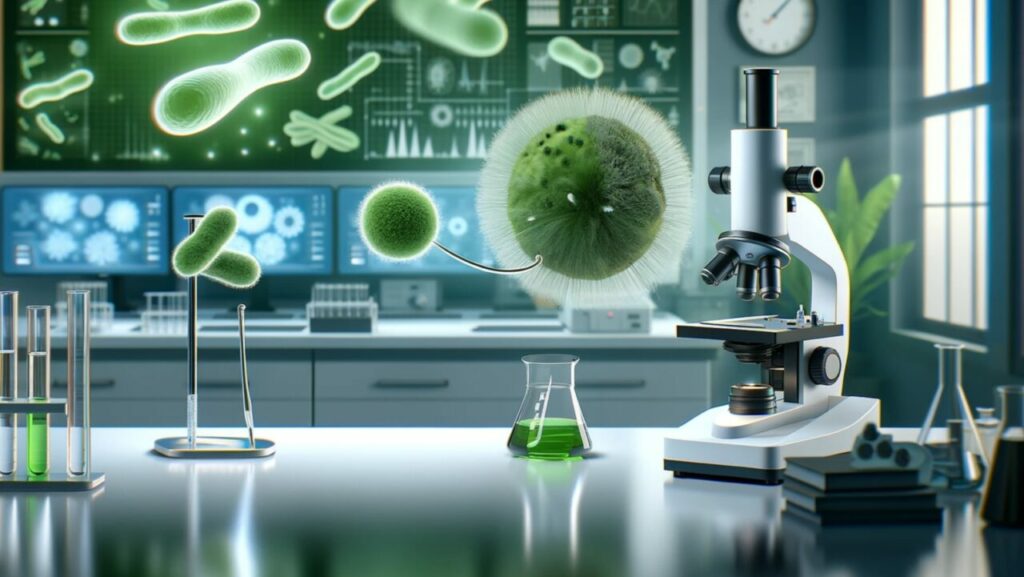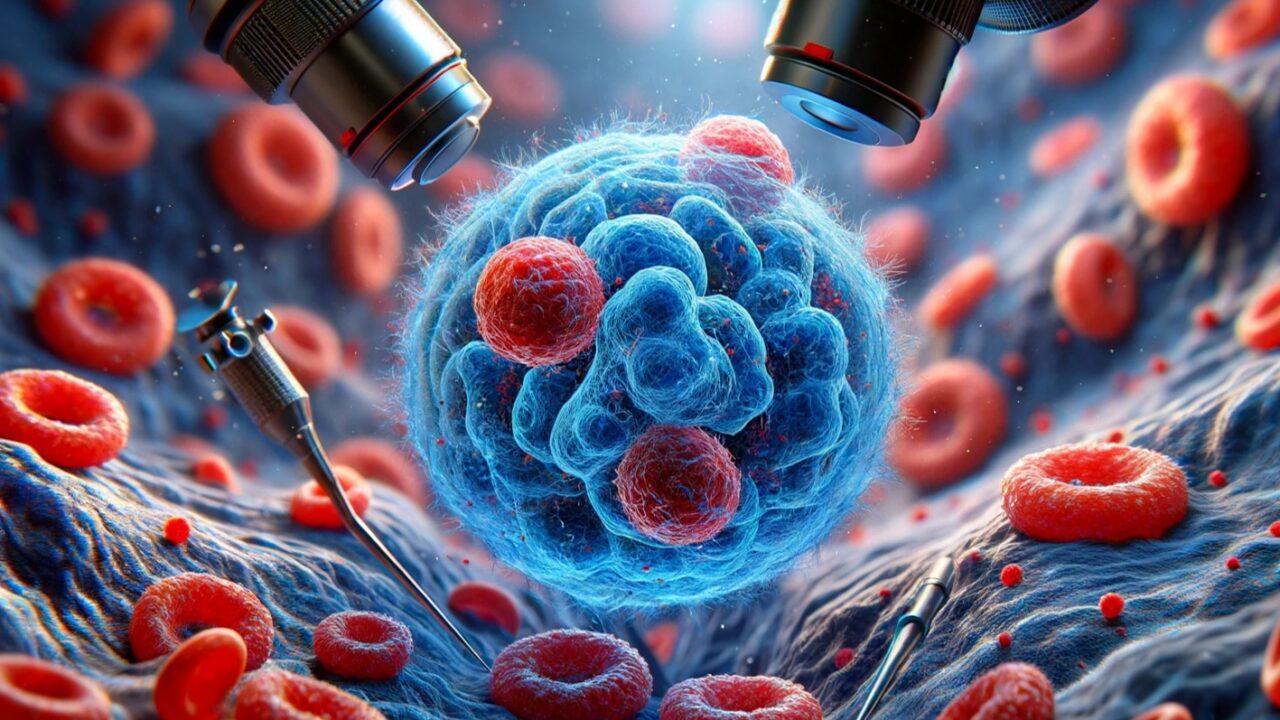Scientists have witnessed a once-in-a-lifetime evolutionary event where two different life forms merged, creating a significant evolutionary leap. This phenomenon is so rare that it has been documented only twice in known history, each time leading to a major evolutionary breakthrough. Here are the details…
Scientists capture a rare evolutionary event
Approximately 2.2 billion years ago, such an event led to the formation of mitochondria, laying the groundwork for all complex life forms. The second evolutionary leap occurred about 1.6 billion years ago when more advanced cells absorbed cyanobacteria, sparking the evolutionary journey in plants.

Now scientists report that this unique evolutionary event is happening again, suggesting that a new evolutionary leap is on the horizon. The event involves a type of algae known as Braarudosphaera bigelowii, which has absorbed a nitrogen-fixing cyanobacteria, transmitted through the air.
The implications of this evolutionary change are still unclear, but it indicates something unprecedented is happening within this class of algae. Researchers found that the size ratio between the algae and the bacterium UCYN-A is similar across multiple related species.
Growth appears to be controlled by nutrient exchange, leading to interconnected metabolisms between the bacterium and the algae. Researchers claim that this event resembles the previous two known evolutionary events.
Additionally, the UCYN-A bacterium can only produce half the proteins it needs, relying on the algae to produce the rest. This suggests a potential evolution from endosymbionts to organelles, indicating a possible further merging of these two cell types.
One potential outcome of this research could be the development of new ways to produce better crops by incorporating nitrogen-fixing abilities into other plants through similar methods. As scientists continue to study this extraordinary event, they hope to gain new insights into evolutionary processes.
These findings could lead to groundbreaking applications in genetic engineering and sustainable agriculture. What do you think about this discovery? Share your thoughts in the comments section below.














